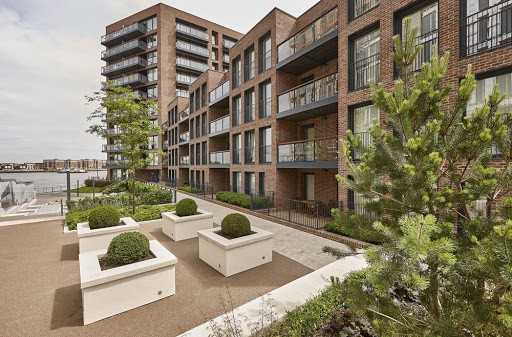Payback times on the installation of heat meters has historically not been a driving factor in the decision to start metering heat networks. However, the current price of gas represents a unique opportunity to mitigate dramatic effects of the energy price rises and may be the only redeeming feature of the energy crisis – payback times have never been shorter.
Since the implementation of the Heat Network Regulations (HNR) 2014, the installation of heat meters ceased to be optional. Metering newly built heat networks became mandatory, and all existing heat networks were divided into three categories – Viable, Open and Exempt. Viable category buildings, as with newly built networks, had no choice other than to install heat meters. Buildings falling into the Open category, had the option of either meter by choice, or if there were questions around the technical or financial feasibility, then the Cost Effectiveness Tool (CET), published by BEIS (Business, Energy & Industrial Strategy), could be utilised.
One of the flaws of the CET, is the use of its consumption reduction calculations, which are based on European heat network data. The reason the use of this data causes a problem to the way in which the CET has been applied in the UK, is the integration of commercial and residential consumption data from European networks, which puts the consumption reduction at around 20%. Switch2 have found that the impact of metering is to reduce consumption by up to 50% in the UK social housing.
Another issue with the CET, as discussed previously, is the tools sensitivity to the price of gas input during the assessment. Gas prices had been very cheap for a long period, and it was during this time that many CET audits were completed, and ‘negative’ results returned.
The combination of lower than real-world savings estimates, the sensitivity to gas prices and lack of payback incentive, lead to far too many ‘negative’ results being returned and providing building owners with an excuse not to install heat meters – a decision which many will now be regretting as this will significantly exaggerated the cost increase to their residents pushing more than necessary further into fuel poverty.
How quickly will heat meters pay for themselves?
Pre energy price crisis, payback times were still much less than the decade long assumption of the CET. Based on our experience at Switch2, the figure was often much closer to 3 years, this difference in timescales is due to the savings calculation built into the CET of 20%, versus the 35-50% which has been found to be the more realistic figure. In our opinion, this was still a quick return on investment, and represented real progress towards reducing consumption, improving network efficiency and made hitting decarbonisation goals achievable.
This payback was based on a price of around 2p-3p per kWh. Things have obviously changed quite a bit, and gas prices now sit in the region of 10p per kWh – representing a potential 5 times increase, and this drastic increase has had a profound effect on payback periods.
As we mentioned earlier, pre-crisis payback was around 3 years, with current prices, this period has reduced to less than a year, in many cases it’s more like 6 – 9 months – obviously there’s quite a bit of variation there, but this still represents a reduction of over 66% from pre-crisis prices, and over 90% quicker than CET payback.
Based on a typical unmetered heat network where the average gas consumption is likely to be around 9000 kWh per apartment. Switch2’s evidence shows that after installing heat meters and charging based on consumption the annual gas consumption will reduce by greater that 50% (depending on the scheme efficiency to say 4000kWh per annum
A reduction of 4000kWh at 10p per kWh is £500 per apartment, or on a scheme of 200 £100k per annum.
These figures are based on our experience and are more of an indication of the quantum of available savings that are easily achievable through metering. If you have any questions around what’s possible for your scheme, just get in touch and we’ll run your figures through our model.
At Switch2, we can install heat meters at around an installation cost of £450, which means that payback times for metering at current prices are easily below a year. With prices showing no sign of coming down, and with another price cap rise of approximately £800 coming this October, the strength of the payback argument is only going to get stronger.
Building owners responsible for the operation of heat networks, simply cannot afford to not take the only advantage the current crisis is offering them. Heat metering represents a real investment in network efficiency and the first step towards modernisation. Unmetered networks are nearly always poor performers, always to the detriment of residents both in cost and experience.
Heat metering allows those responsible for the operation of heat networks to gain invaluable insight into performance and efficiency, by highlighting issues that would otherwise go unseen. It provides residents with the option of moderating their usage, by billing them fairly, instead of flat rate they have no control over. Because of the connection between usage and cost, metered heat networks use up to 50% less energy than if heat meters weren’t installed.
Building owners with heat networks in operation simply cannot afford to miss such a chance to save themselves money on running their networks, save their residents money from their bills, achieve the seemingly impossible task of meeting decarbonisation goals while operating in one of the most challenging financial climates in decades - and achieve all of this through an investment which will pay for itself inside a single financial year.


